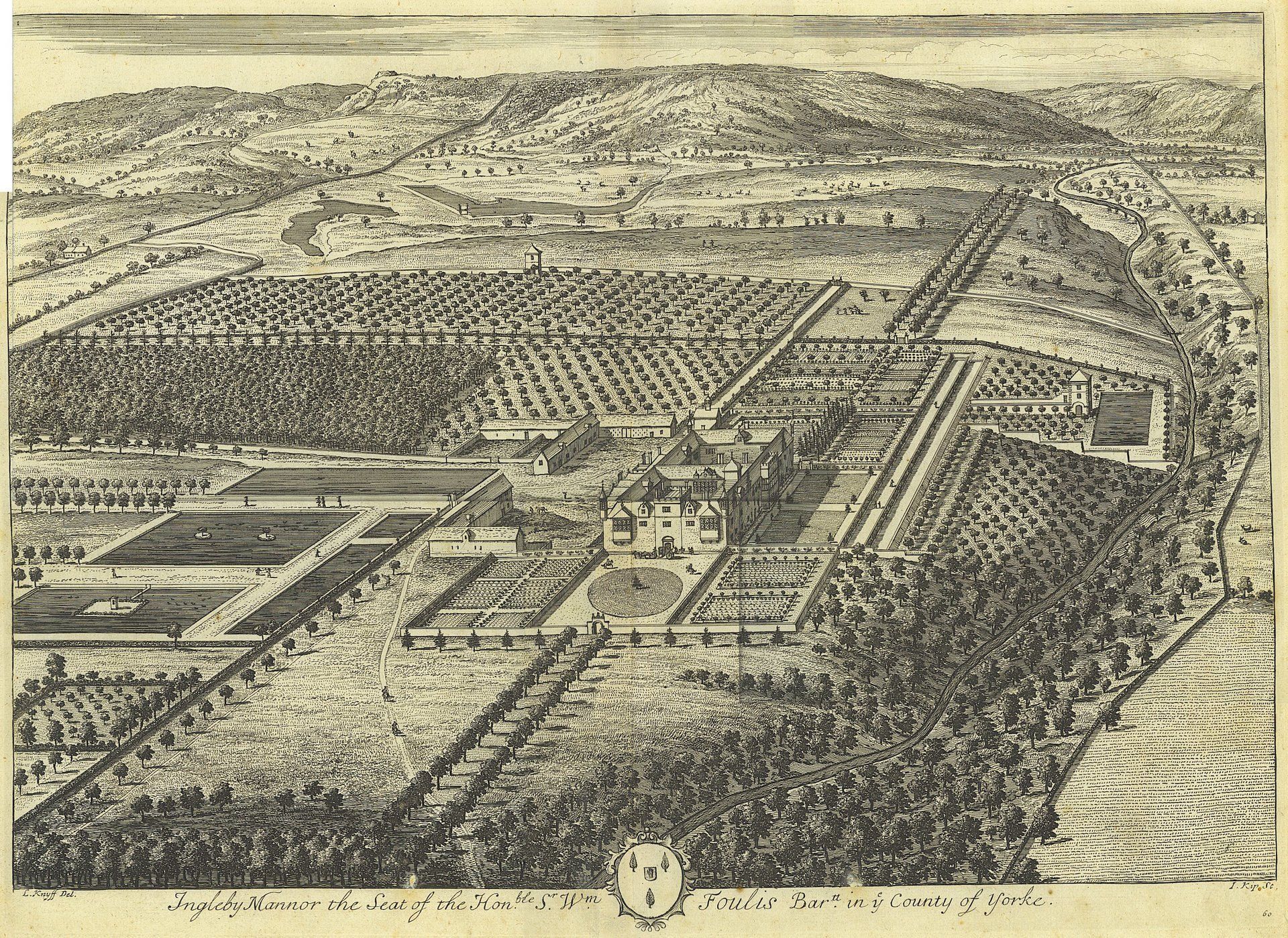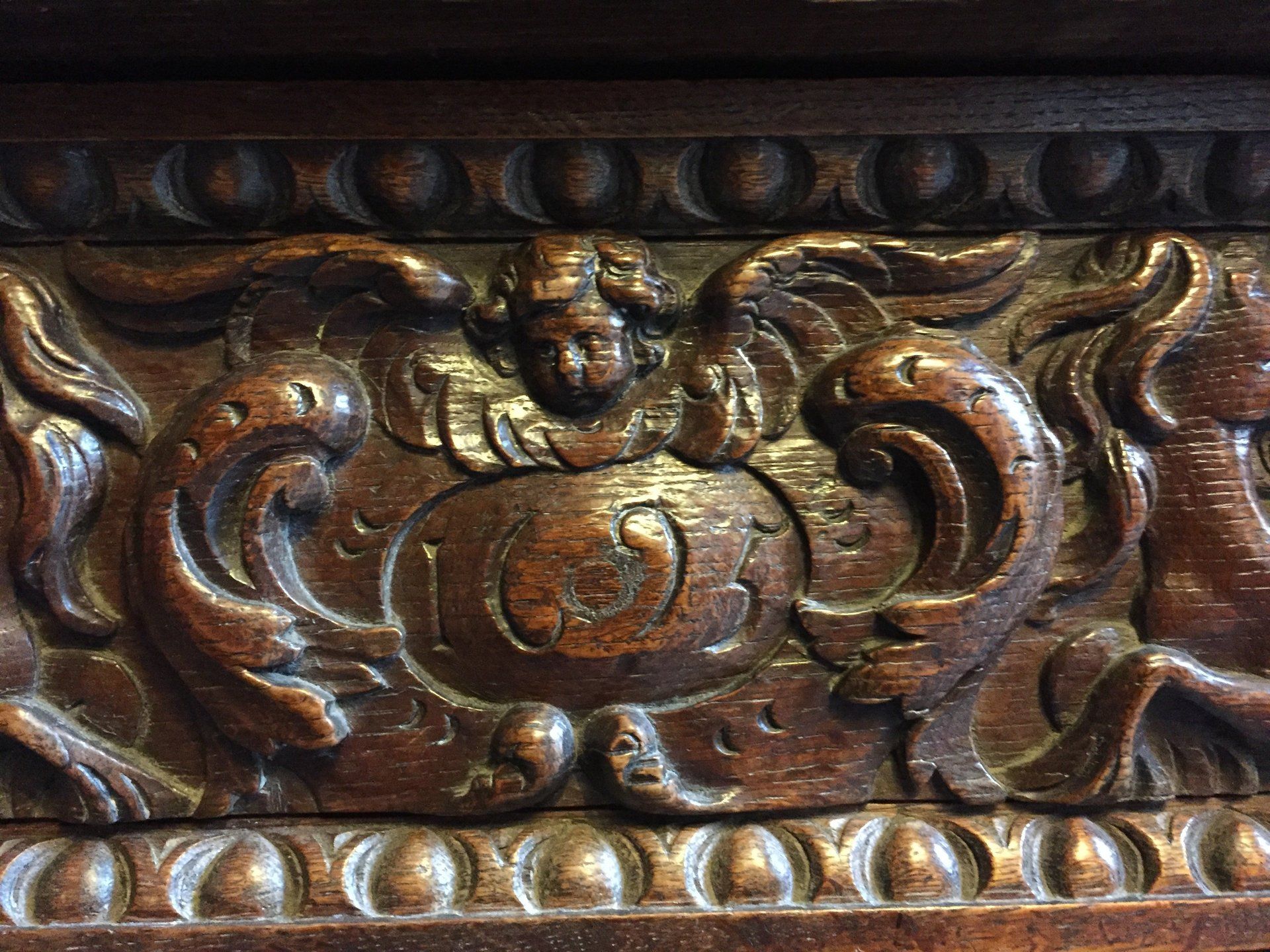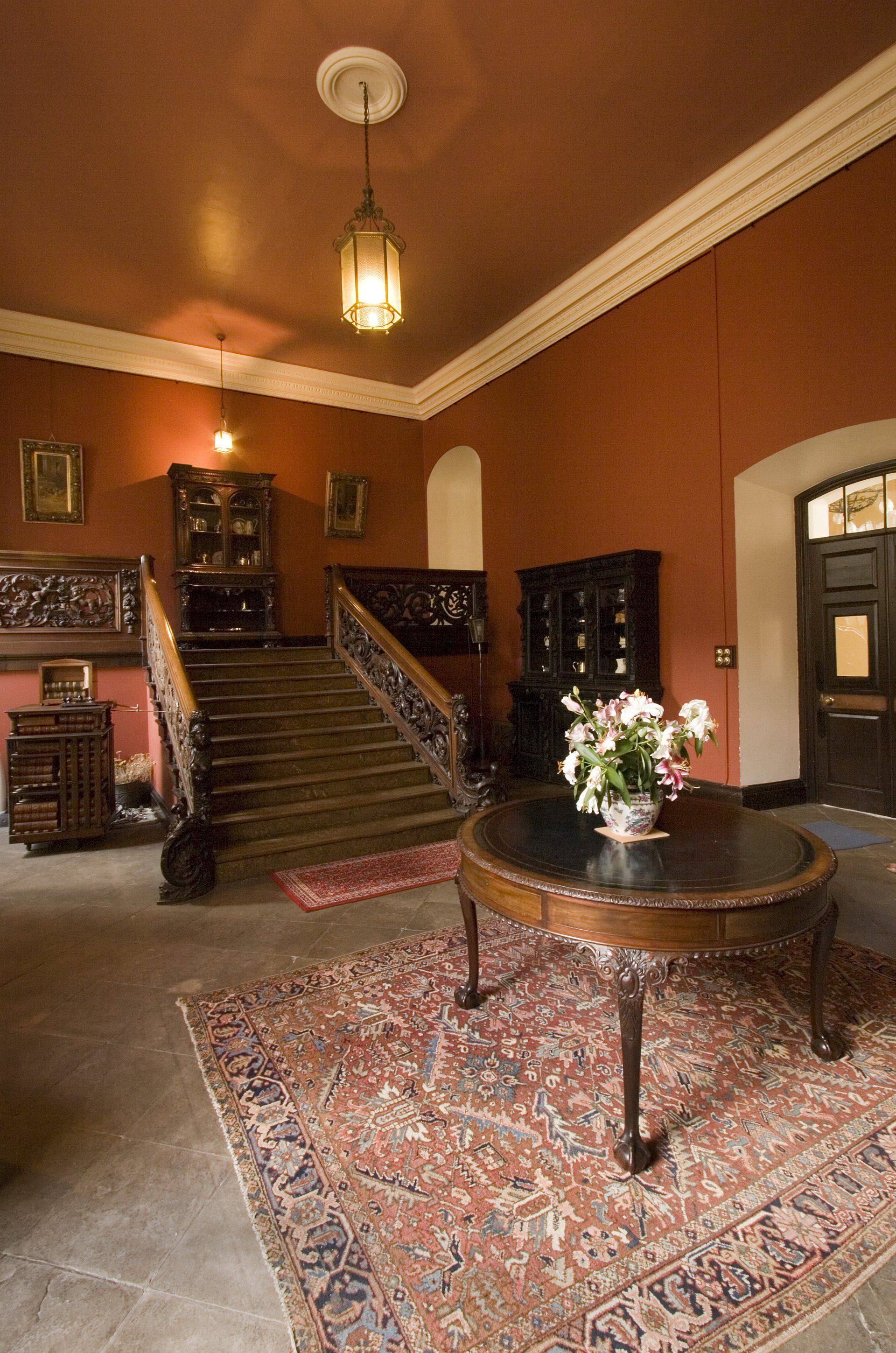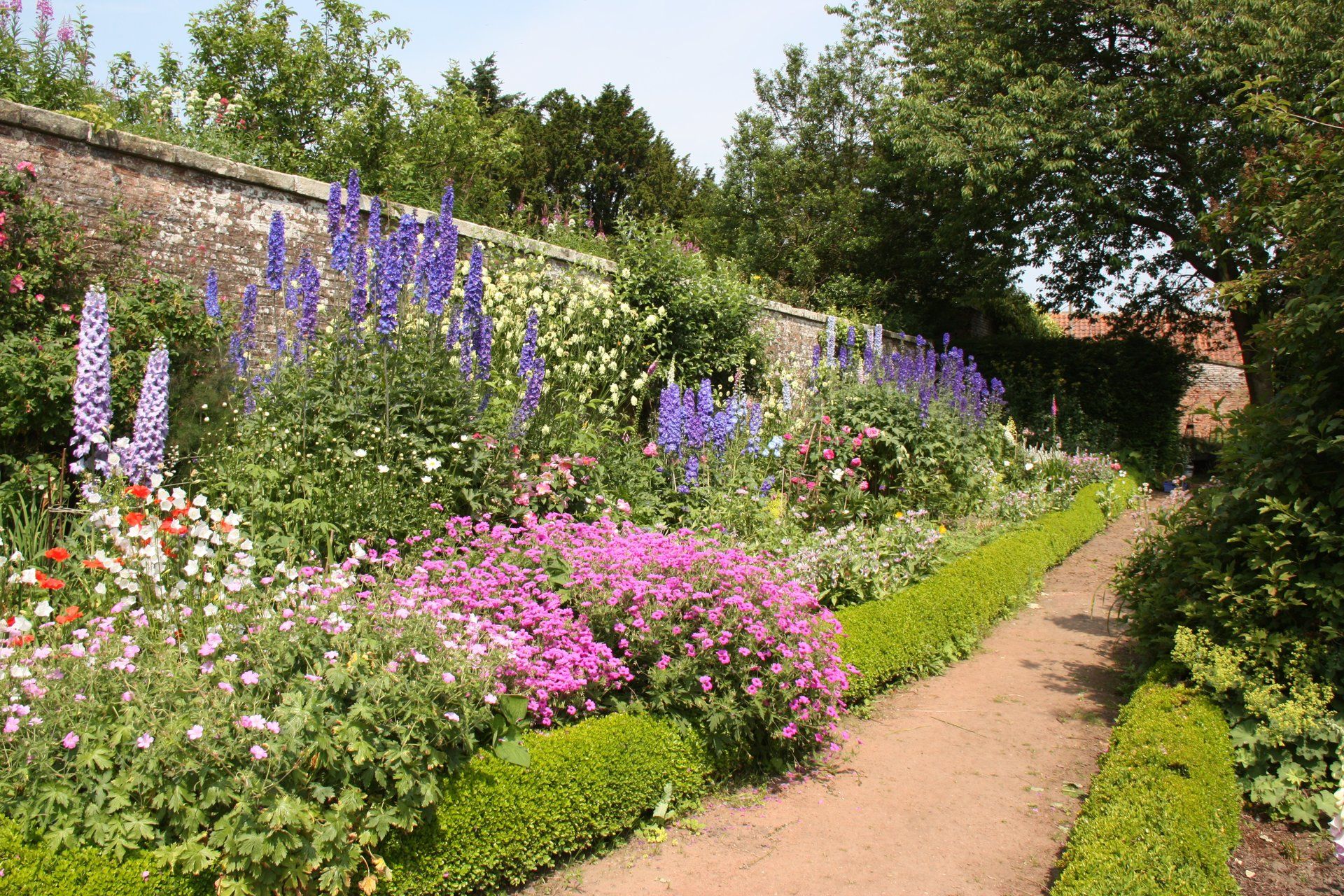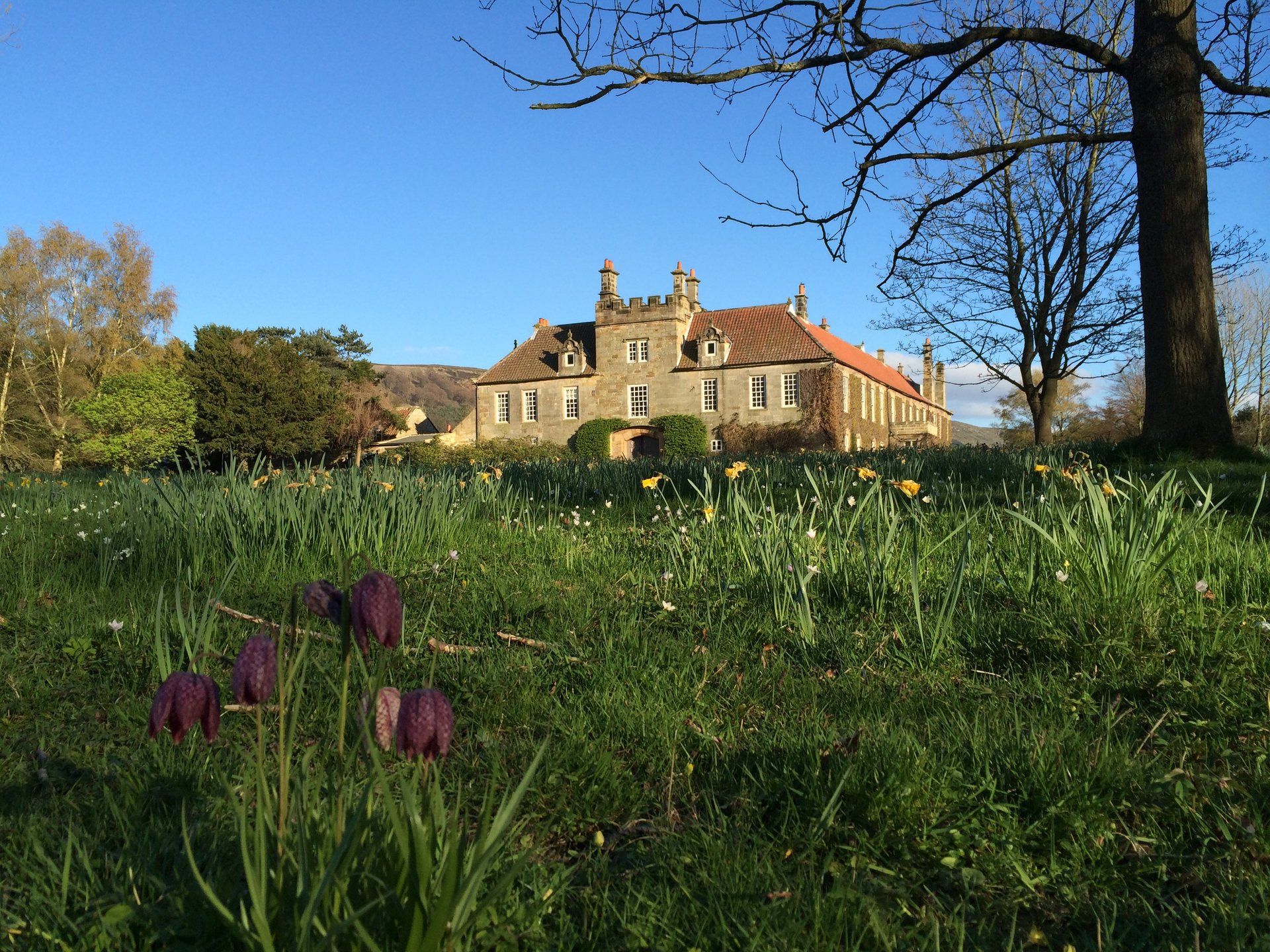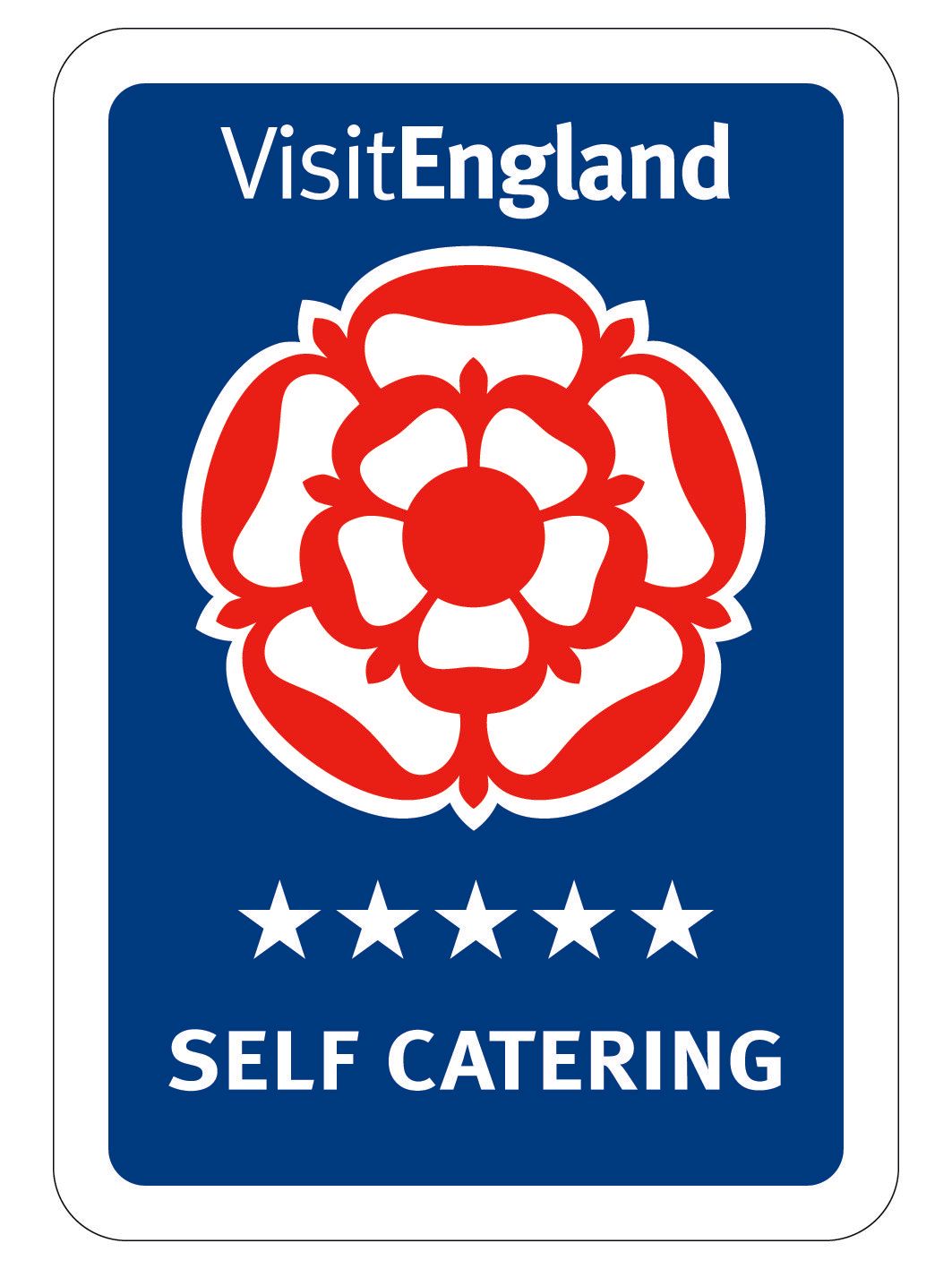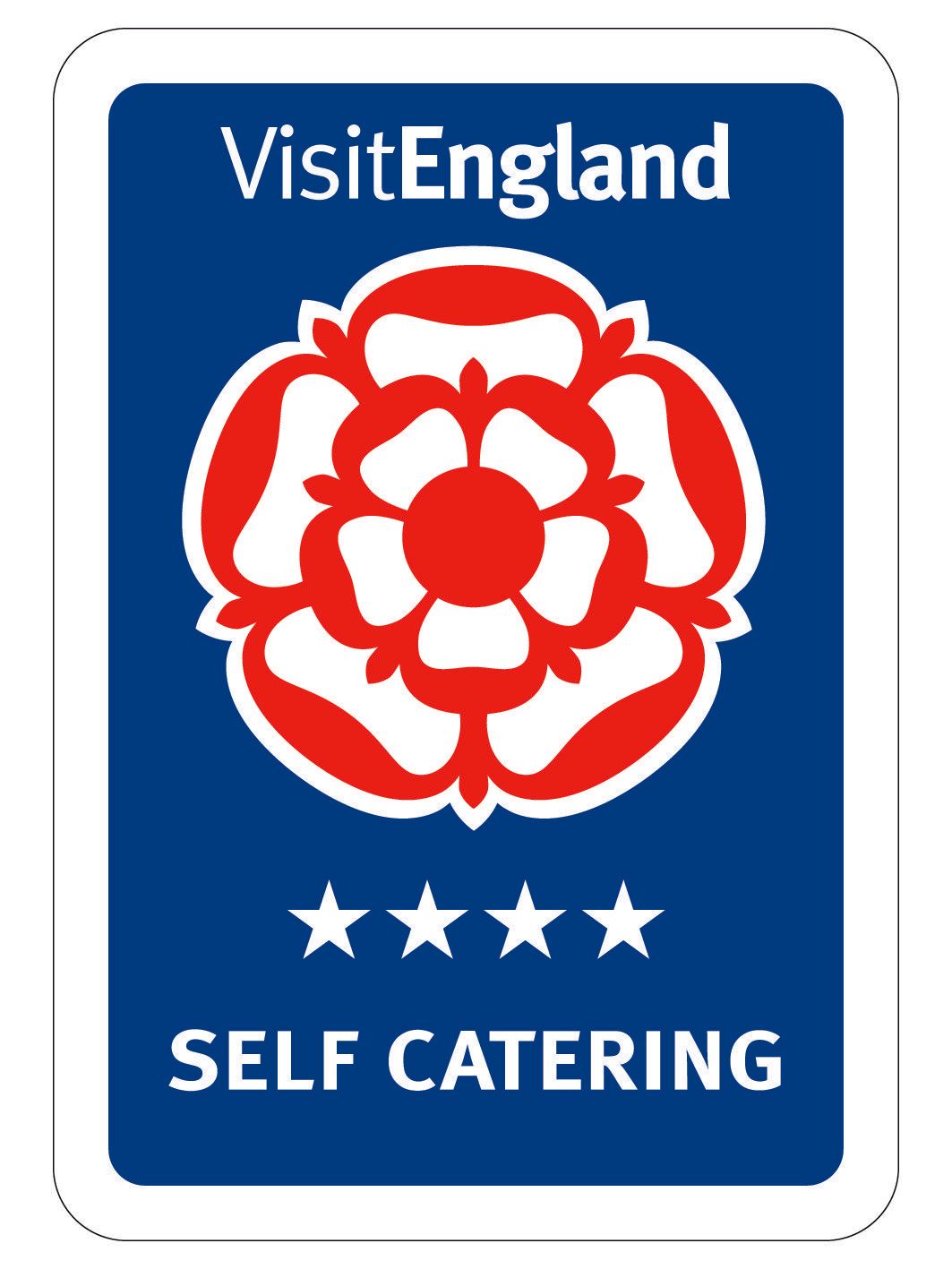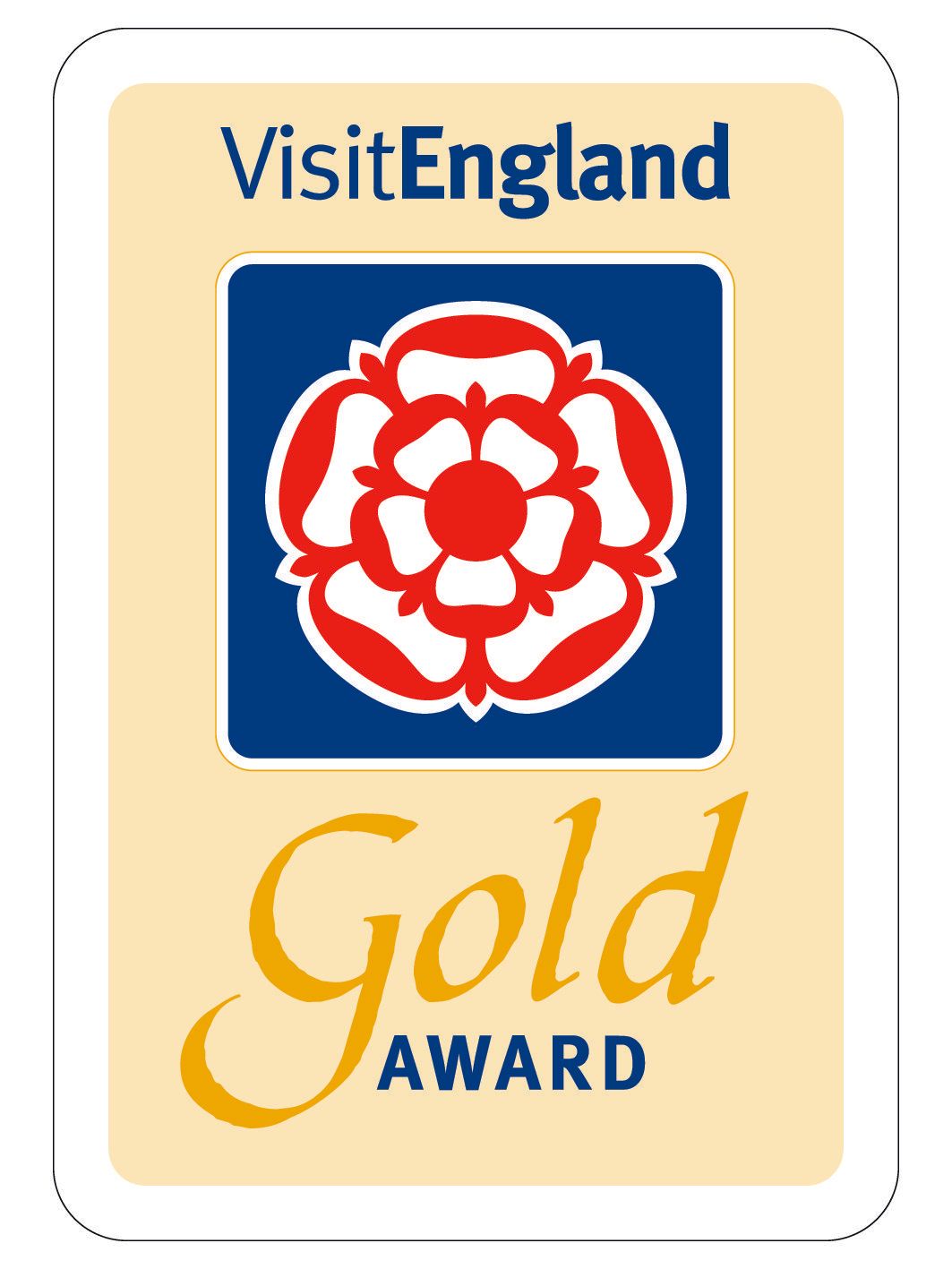Drawing of Ingleby Manor by Knyff & Kipp ca.1708
HISTORY OF INGLEBY MANOR
Pre-Domesday, the Whitby Memorial notes that “the church of Engelby and the mill were granted to the abbot and monks of Whitby”. In the Domesday survey, the barony of Stokesley, which included Ingleby, is in the hands of the Crown and remained with the Crown several years afterwards, probably until it was granted by William Rufus to Guy de Baliol, lord of Baliol in France. Ada, daughter of Hugh de Baliol, married John FitzRobert de Eure, and was given the manor of Ingleby as a wedding present. John pre-deceased Ada in 1240, and Ada died in 1251, leaving the estate to their sons, and it remained in the Eure family for the next three centuries.
It is likely that there was a manor house here dating from the same era as the 12th Century church at the end of the avenue, but the present manor house was built about 1540 by Sir William Eure, a soldier and courtier of Henry VIII. The Eure family had grown enormously rich in the service of Henry VIII, but extravagance and gambling under Elizabeth I forced them to sell their estates, and in 1608 Ingleby was bought by Sir David Foulis, an important courtier of James VI of Scotland, who came south with James when he inherited the English throne and became James I of England. In the mid 1800s, Lady Mary Foulis, only child and heiress of the last Foulis baronet, married the 2nd Lord de Lisle and Dudley of Penshurst in Kent, a descendant of Sir Philip Sidney, the Elizabethan soldier, poet and courtier and it remained in the de Lisle family until 1951 when it was sold to the present family. Some say that the ghost of Lady Mary Ross, the mother of Lady Mary Foulis, still haunts the Manor today!
Ralph, Third Lord Eure sought to be excused from diplomatic service to Queen Elizabeth I on grounds of financial incapacity -
“A canker has eaten into the marrowe of my estate” he is reported to have said.
Information taken from “The History and Antiquities of Cleveland”, John Walker Ord, first published 1846 and from Graves History of Cleveland 1808.
“Sitting by the fire, close to the decorated pine tree at the bottom of the ornate stairs leading to the ballroom, was like being in dreamland! We could almost feel the majesty and traditional festivity of an Elizabethan gathering to celebrate Christmas. A real haven of tranquility and bygone splendor.”

